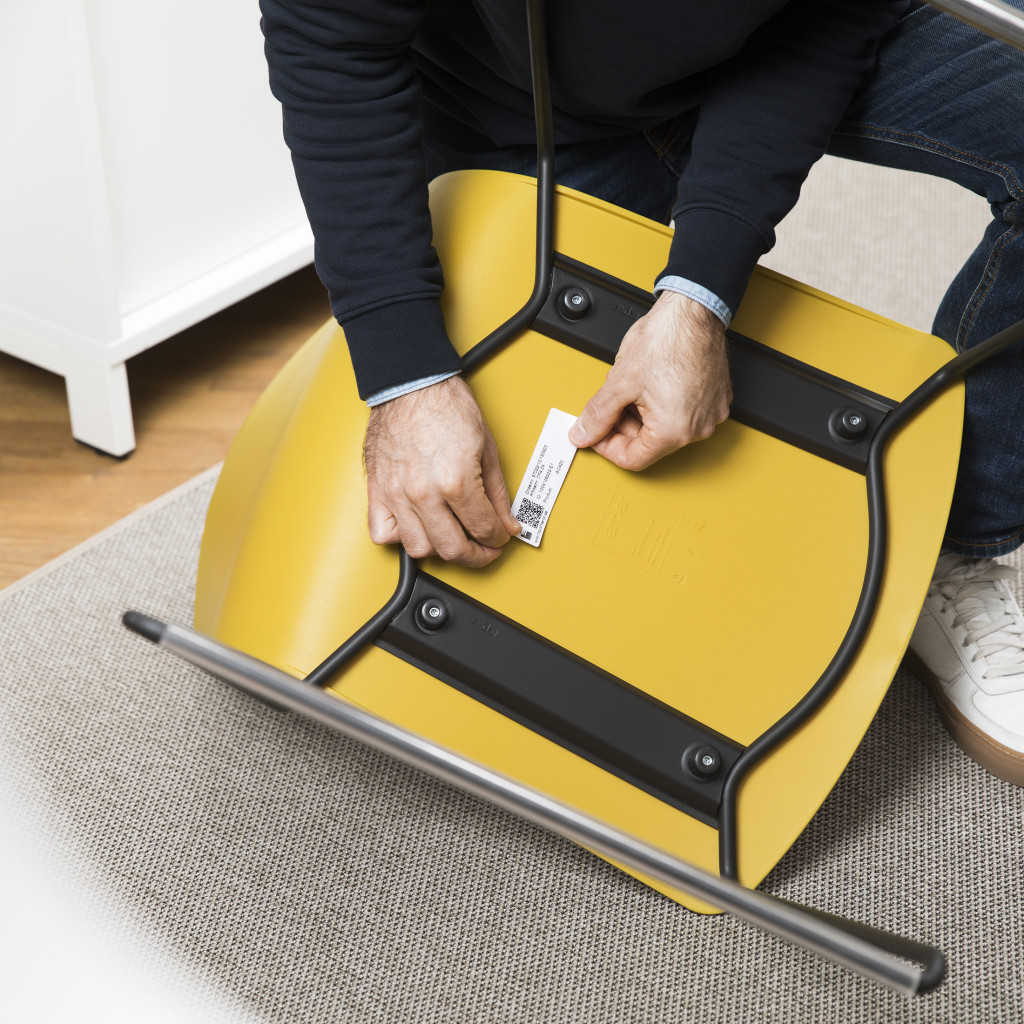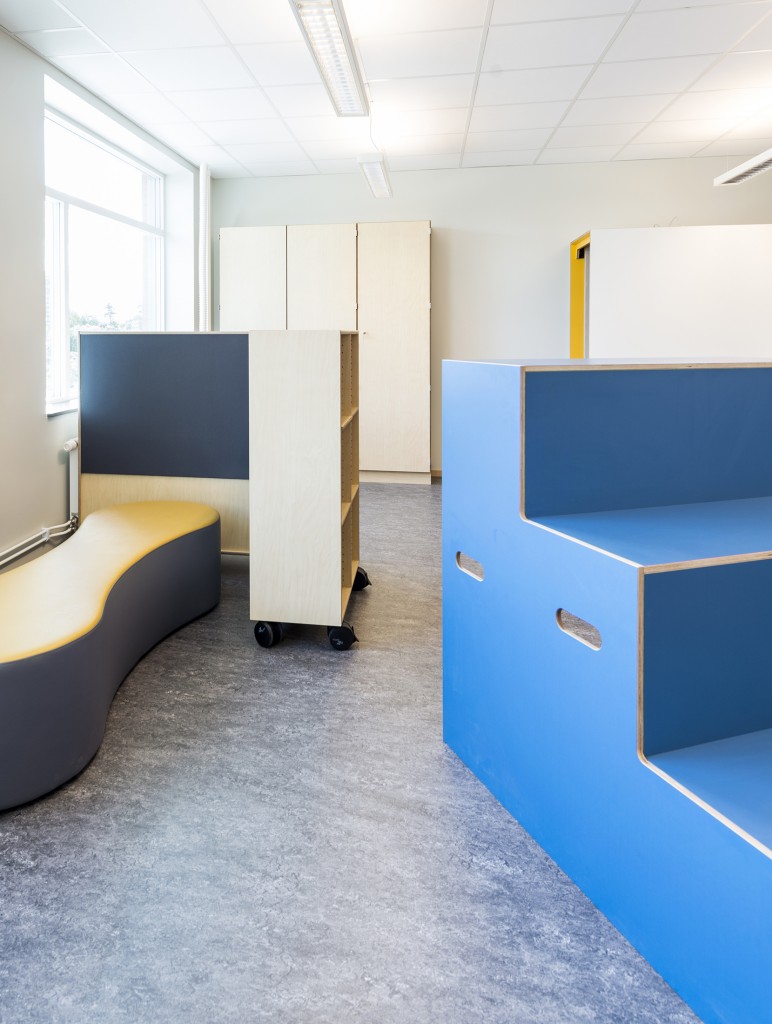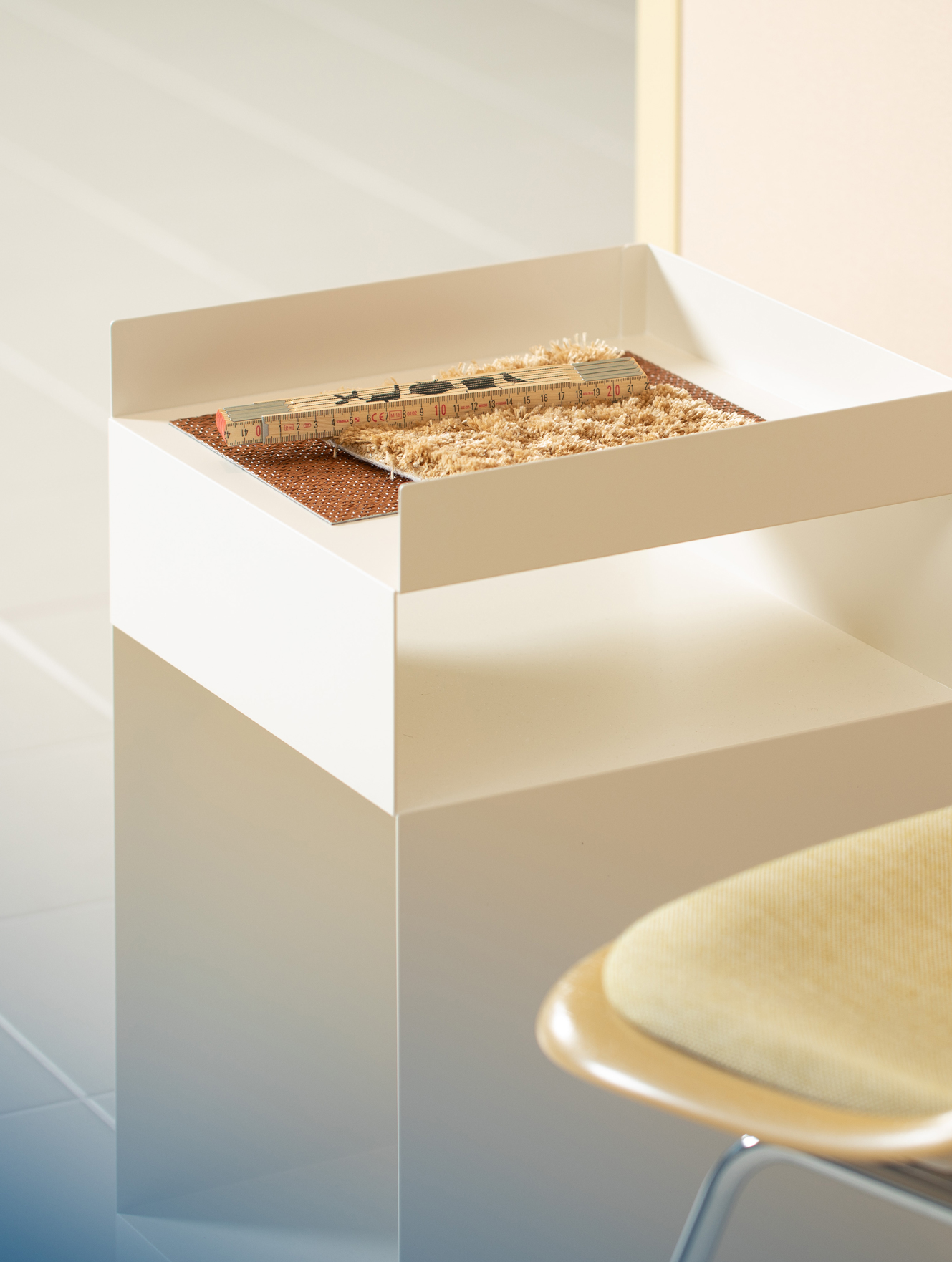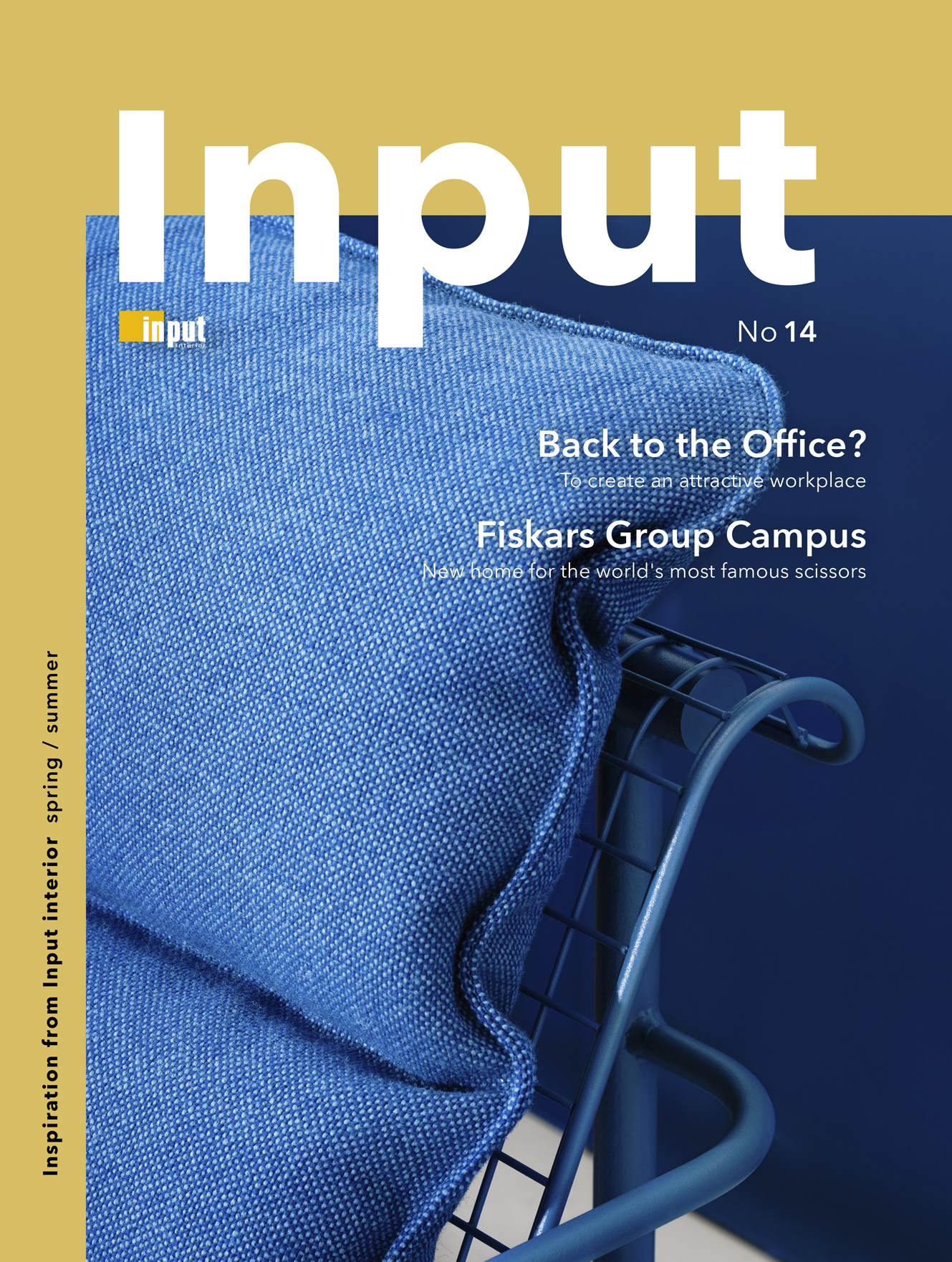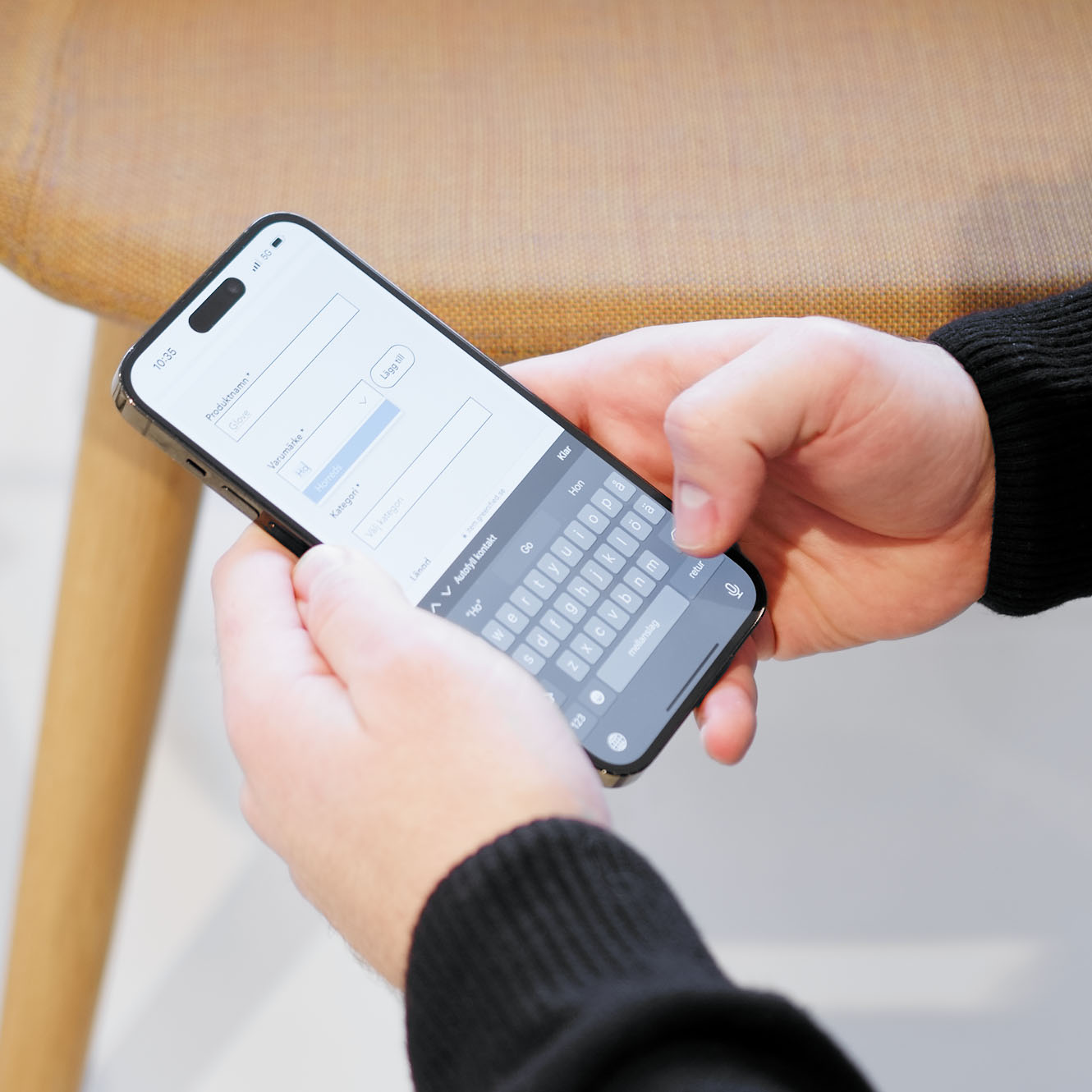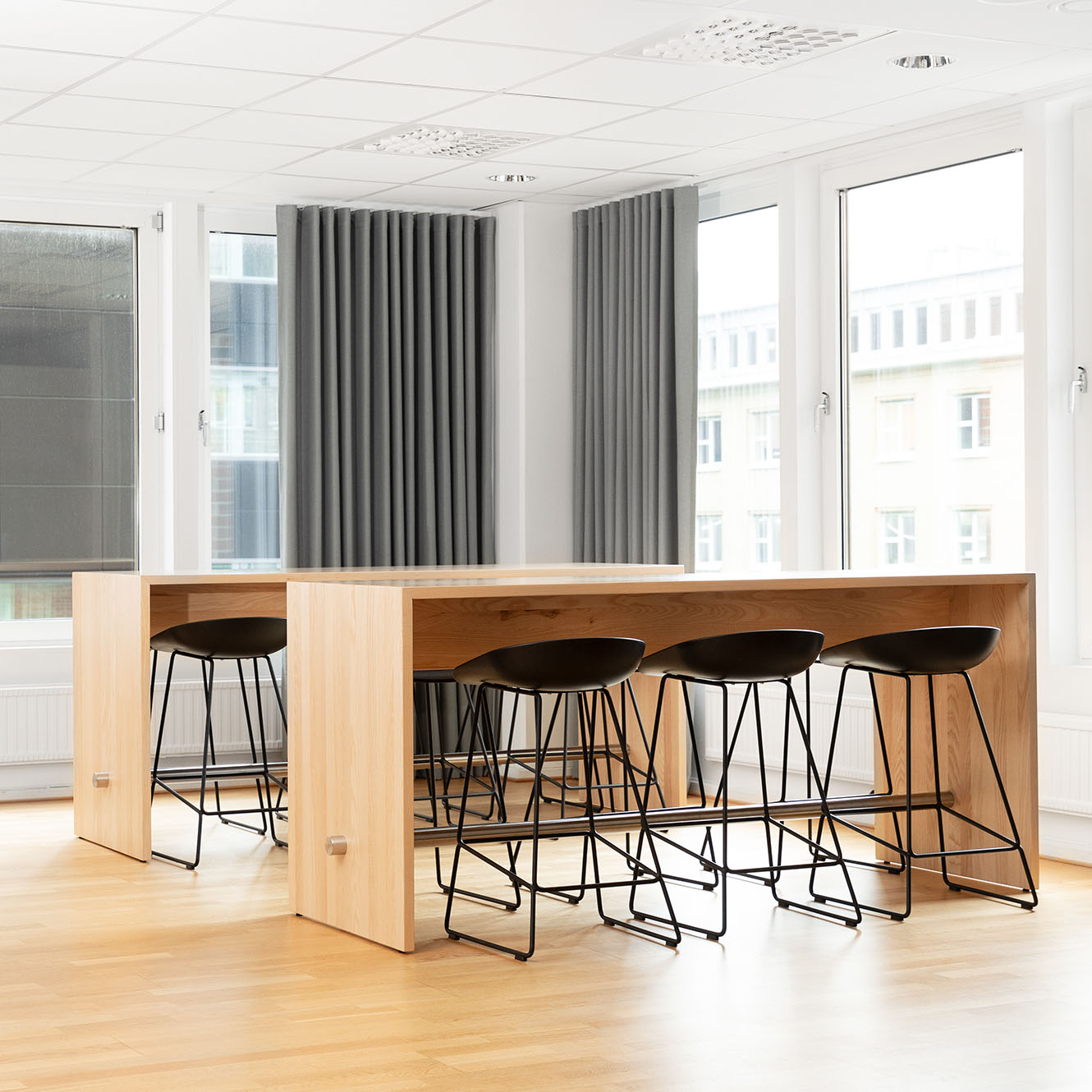How do we make re-use a natural choice?
Call it the Greta effect, an awakening after an unusually hot summer two years ago or simply common sense. Surely we are all tired of living in a throw-away society? But what is needed to break the mould and bring about sustainable consumption? Input interior’s response is mindful choices, traceability and players who pave the way for circular ownership.
We are seeing increased interest in sustainable consumption. Seven out of ten consumers think it is important for furniture and interior furnishings to be developed with maximum focus on sustainability, taking into account nature, people and the environment*. A figure that has increased by just over 10% in only two years.
A lasting positive trend
The most resource-efficient way to help reduce climate impact is to make use of existing materials and resources. This is something that more and more players, both private and public, are now doing. And the City of Gothenburg is one of them. They are actively working to increase the proportion of reused furniture in their inventory, and this is now being facilitated by a unique new framework agreement for re-use with parties including Input interior.
This new framework agreement will enable Input interior to help the City of Gothenburg refurbish existing furniture and purchase used furnishings and to assist with project management of re-use projects.
“We want to increase the proportion of reused furniture within our organisation, but one major bottleneck that is seldom mentioned is the clients’ perspective. Ordering used furniture requires additional knowledge and time. The aim of the new agreement is that it should feel just as simple and secure to purchase reused furniture as new furniture,” says Kim Lundqvist, a procurement officer for the City of Gothenburg.
The City of Malmö, Gävle Municipality and a number of private players such as SEB and Telia are other Input interior customers who are following a similar example and choosing to make use of existing resources instead of just purchasing new items.
“The outdated notion that re-use and aesthetically pleasing environments are not compatible has been erased. Take a look at projects such as Regionens Hus in Gothenburg, for instance. Just over 60 % of the interior furnishings for the project are reused, having come from the region’s administrative units. At the same time the whole furnishing concept is aesthetically sustainable and will age with dignity,” says Patrik Clavenstam, Sustainability Manager at Input interior.
There’s no doubt that re-use is a modern solution in vogue right now. But how can the sustainability trend be managed in order to make it a natural part of every interior design project, now and in the future?

Start with mindful choices
Patrik Clavenstam feels that there is potential for successfully creating a large-scale circular second-hand market for furniture and furnishings, but it’s largely a matter of doing things right from the outset.
“Quality furniture can be repaired and refurbished and has the potential for a long life. If businesses and public players want to adopt a long-term and sustainable approach, they should start by incorporating re-use.”
Traceability is a necessity
In order to sell on an item of furniture on the second-hand market, the seller must know what materials are included in the product and how it has been refurbished or otherwise updated.
“For Input interior, whose day-to-day activities involve agreements that demand certification and eco-labelling, problems can arise when an item of eco-labelled furniture does not automatically retain its labelling in a circular system. The requirements for the labelling are updated regularly and consequently have a final expiry date. Moreover, if an item of furniture has been refurbished, materials may have been used, such as textiles or varnish, that do not fulfil the eco-labelling criteria. Therefore, traceability is also required with regard to the refurbishment process,” explains Patrik, and continues:
“The issue of traceability is one of the main reasons why it has historically been tricky to establish a second-hand market for furniture. However, with the help of Input interior’s Interior Management System we aim to use unique ID tagging of furniture to facilitate a broad circular furniture market,” says Patrik.
*Svensk Handels Hållbarhetsundersökning 2018



